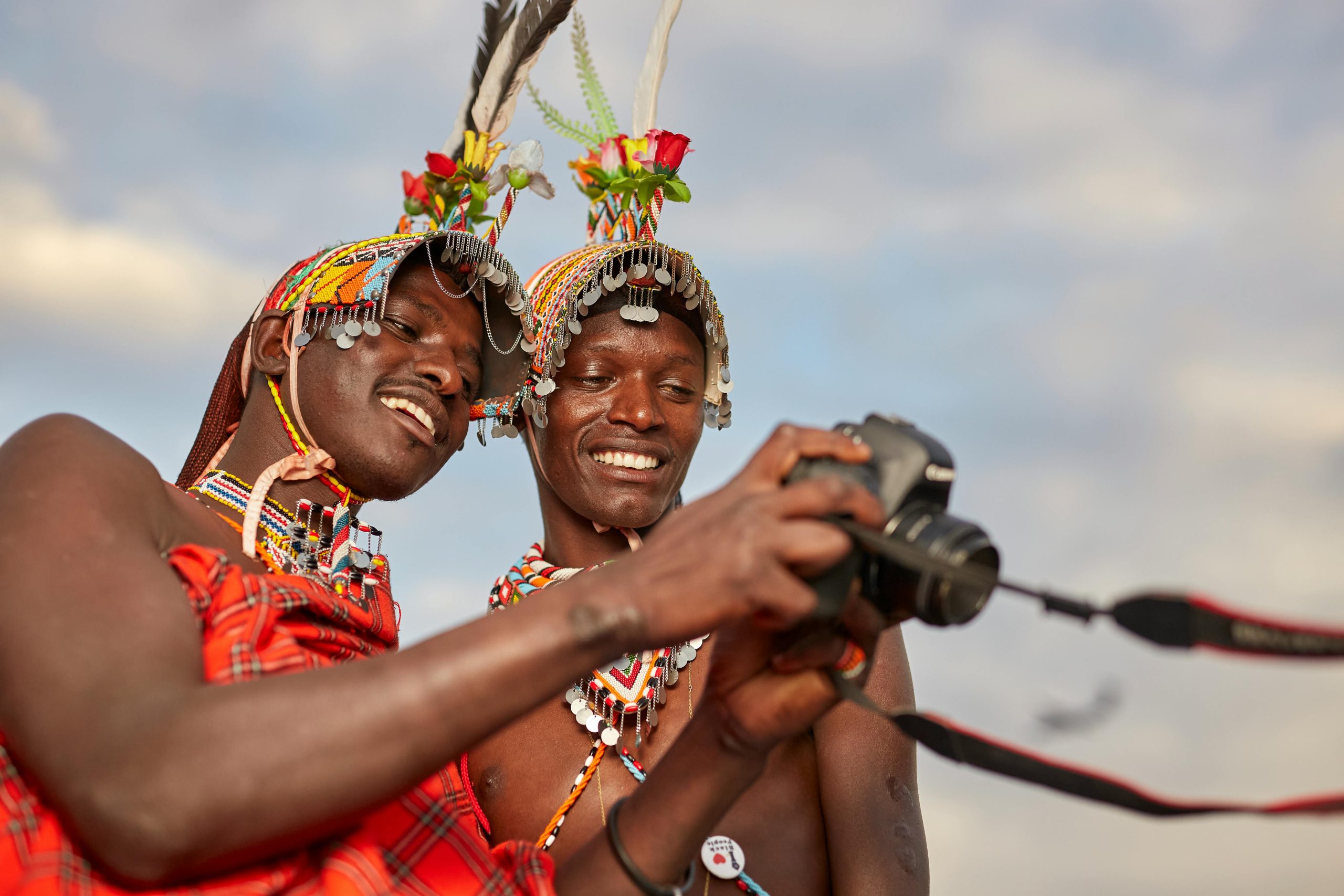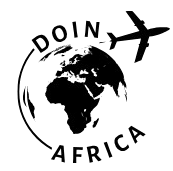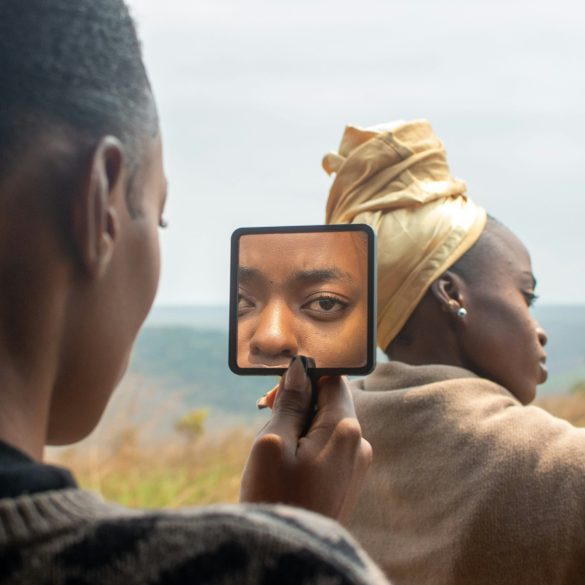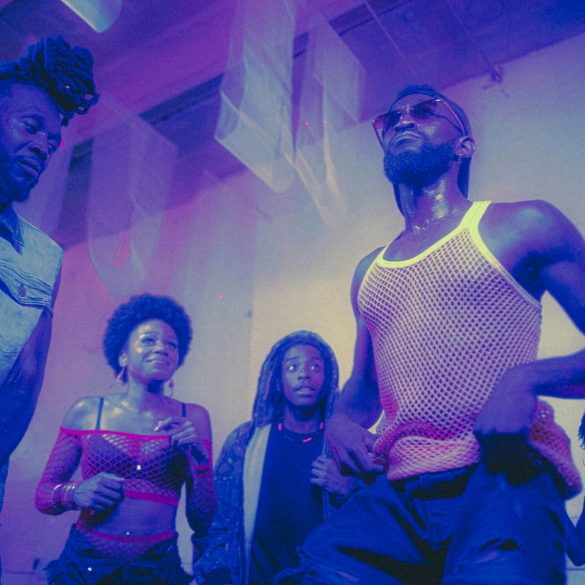How Language Diversity Shapes Cameroon’s Rich Cultural Heritage
Walking through the bustling markets of Douala three years ago, I was absolutely mesmerized by something I hadn’t quite anticipated—within the span of just ten minutes, I heard conversations flowing seamlessly between French, English, Fulfulde, and what I later learned was Ewondo. What struck me most wasn’t just the linguistic variety, but how effortlessly people switched between languages depending on who they were speaking with, what they were buying, and even the emotional tone of their conversation.
This experience completely shifted my understanding of how language functions in society. Cameroon, often called “Africa in miniature,” represents one of the world’s most linguistically diverse nations, with over 280 indigenous languages coexisting alongside French and English as official languages1. But here’s what gets me excited about studying Cameroon—it’s not just about counting languages. It’s about witnessing how this incredible diversity creates something entirely unique: a cultural tapestry where identity, tradition, and modernity intersect in ways that challenge everything we think we know about language and culture.
The Foundation of Cameroon’s Linguistic Landscape
Let me be completely honest—when I first started researching Cameroon’s linguistic diversity, the sheer complexity nearly overwhelmed me. We’re talking about a country roughly the size of California that manages to house nearly 300 distinct languages from four major language families2. Actually, let me step back for a moment and put this in perspective.
The linguistic foundation of modern Cameroon stems from centuries of migration, trade, and cultural exchange. The Bantu languages dominate the southern regions, while Afro-Asiatic languages like Fulfulde flourish in the north. What fascinates me most is how the colonial period—though undeniably disruptive—created an additional layer of linguistic complexity rather than simply replacing existing languages.
Fascinating Cameroon Language Fact: In the city of Maroua, it’s common for a single individual to speak up to six languages fluently: their ethnic mother tongue, Fulfulde as the regional lingua franca, French and English as official languages, Arabic for religious purposes, and Hausa for cross-border commerce. This multilingual competence isn’t exceptional—it’s remarkably typical.
Here’s what really gets me passionate about this topic: unlike many post-colonial African nations where language policies created stark divisions, Cameroon’s approach has been more… well, organic. The government officially recognizes both English and French, but in practice, the linguistic reality is far more nuanced and interesting.
Language as Cultural Expression and Identity
During my research into Bamileke culture, I discovered something that completely changed how I think about language and identity. A traditional storyteller in the West Region explained to me that certain Bamileke proverbs simply cannot be translated into French or English without losing their essential meaning3. The concepts embedded in these proverbs—about community responsibility, spiritual connection to ancestors, and the relationship between humans and nature—are so culturally specific that they require the original language to maintain their full impact.
This realization led me to examine how different ethnic groups across Cameroon use language to maintain and express their cultural identity. The Fulani people of the northern regions, for instance, use their language not just for daily communication, but as a repository for complex oral literature that includes genealogies, historical narratives, and cattle-herding wisdom passed down through generations4.
What strikes me as particularly remarkable is how multilingualism in Cameroon doesn’t dilute cultural identity—it actually strengthens it. I’ve observed that many Cameroonians use different languages for different aspects of their cultural expression. They might conduct traditional ceremonies in their ethnic language, discuss modern politics in French or English, and share jokes or intimate conversations in Pidgin English, which has become something of a unifying cultural force across ethnic boundaries.
| Language Type | Cultural Function | Primary Usage Context | Cultural Impact |
|---|---|---|---|
| Indigenous Languages | Cultural preservation and identity | Traditional ceremonies, family gatherings | Maintains ancestral connections |
| Official Languages | Modern civic participation | Education, government, formal business | Enables national integration |
| Pidgin English | Cross-ethnic communication | Markets, informal settings, popular culture | Creates shared cultural space |
The more I’ve studied this phenomenon, the more I’ve come to appreciate how language choice in Cameroon represents a sophisticated form of cultural code-switching. It’s not random or accidental—there’s genuine thoughtfulness behind when and why people choose specific languages for particular interactions.
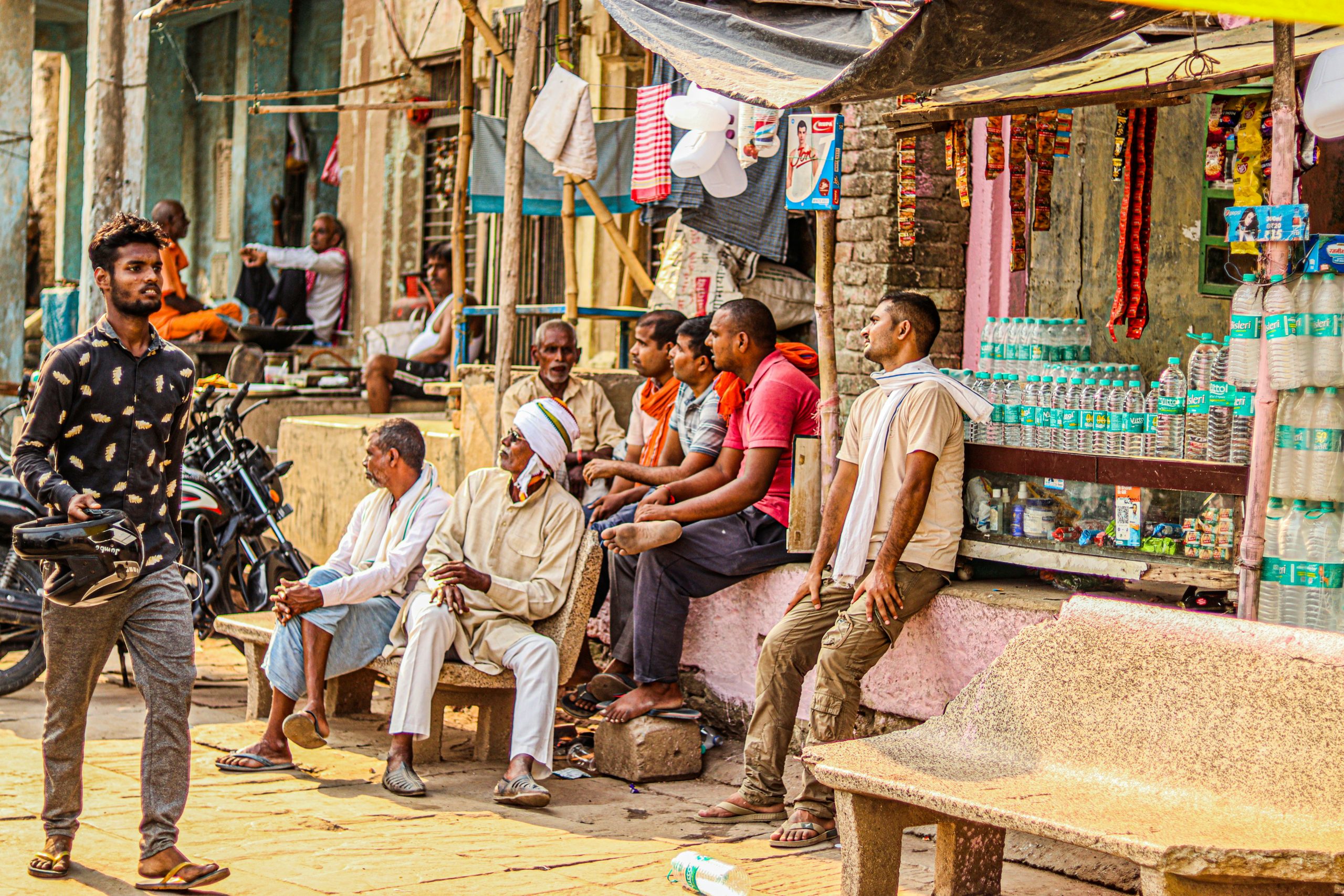
Building Social Cohesion Through Multilingualism
Here’s something that initially puzzled me, but now makes perfect sense: in a country with such dramatic linguistic diversity, you might expect communication barriers to create social division. Instead, I’ve found that Cameroon’s multilingual reality actually fosters remarkable social cohesion. Let me explain what I mean.
The concept of “language accommodation” is alive and well in Cameroon5. When people from different linguistic backgrounds meet, there’s an almost automatic negotiation process where they identify a common language for communication. This might be French, English, Pidgin, or even a shared indigenous language, depending on the participants’ backgrounds and the social context.
Key Insight: The Marketplace as Cultural Laboratory
Traditional markets across Cameroon function as incredible laboratories for observing linguistic creativity and cultural adaptation. Vendors routinely switch between multiple languages within single transactions, creating a dynamic environment where linguistic flexibility becomes a valuable social and economic skill.
What really fascinates me about this process is how it extends beyond mere communication into genuine cultural exchange. When a Bassa speaker communicates with a Hausa trader using Fulfulde, they’re not just conducting business—they’re participating in a mini cultural exchange that builds mutual understanding and respect.
I’ve been particularly interested in studying how this multilingual dynamic plays out in Cameroon’s educational system. While French and English serve as languages of instruction, many teachers naturally incorporate local languages to explain complex concepts, especially in primary education6. This practice, though sometimes discouraged officially, actually helps students maintain connections to their cultural heritage while acquiring modern educational content.
- Religious institutions often serve as multilingual spaces where different communities gather
- Inter-ethnic marriages create families that naturally become multilingual cultural bridges
- Popular music and media increasingly blend multiple languages, creating shared cultural references
- Traditional festivals welcome visitors from other ethnic groups, fostering linguistic and cultural exchange
Contemporary Challenges and Opportunities
Honestly, I’d be doing a disservice to this topic if I didn’t address the real challenges that language diversity presents in modern Cameroon. The Anglophone crisis, which intensified around 2016, highlighted how language can become a flashpoint for deeper political and cultural tensions7. This situation has forced me to reconsider some of my earlier, perhaps overly optimistic, assessments of how seamlessly Cameroon manages its linguistic diversity.
The tension between linguistic preservation and modernization is another challenge I’ve wrestled with intellectually. While urban youth increasingly gravitate toward French, English, and Pidgin for social mobility, there’s growing concern about the gradual erosion of indigenous languages, particularly among diaspora communities.
Language Preservation and Cultural Continuity
What gives me hope, though, is witnessing the innovative approaches to language preservation emerging across Cameroon. Community organizations, supported by international linguistic research initiatives, have begun documenting endangered languages through multimedia projects that capture not just vocabulary and grammar, but the cultural contexts in which these languages thrive8.
I’ve been particularly impressed by initiatives like the Cameroon Association for Biblical Translation and Literacy, which has worked to develop writing systems for previously unwritten languages9. These efforts go beyond simple preservation—they’re actively creating tools for cultural continuity and adaptation.
Future Implications for Cultural Development
Looking ahead, I believe Cameroon’s linguistic diversity represents both a tremendous cultural asset and a complex challenge for national development. The country’s experience offers valuable lessons for other multilingual societies grappling with similar questions about language policy, cultural preservation, and social cohesion.
Technology presents fascinating opportunities for language preservation and cultural transmission. Mobile applications are being developed to teach indigenous languages, while social media platforms enable diaspora communities to maintain linguistic connections with their homeland10.
- Digital documentation projects are creating permanent records of oral traditions
- Online language learning platforms are making indigenous languages more accessible
- Social media groups facilitate intergenerational linguistic transmission
- Virtual cultural events maintain diaspora connections to traditional practices
As I reflect on my exploration of Cameroon’s linguistic landscape, I’m struck by how this small African nation embodies something profound about human cultural adaptability. In an era where globalization often seems to threaten cultural diversity, Cameroon demonstrates that linguistic variety can actually strengthen rather than fragment social bonds—when approached with respect, creativity, and genuine commitment to inclusion.
The lessons from Cameroon extend far beyond Africa. As our world becomes increasingly interconnected while simultaneously grappling with questions of cultural identity and belonging, understanding how language diversity shapes culture becomes more relevant than ever. Cameroon’s experience suggests that the future of cultural development might not require choosing between tradition and modernity, but rather finding creative ways to honor both.
References
